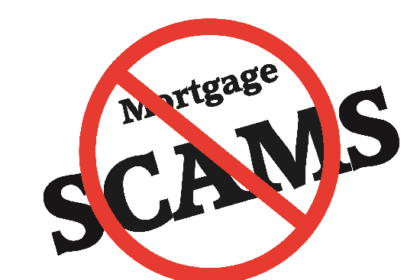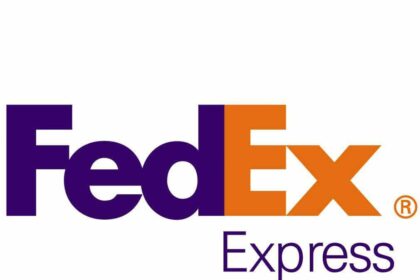Bid shielding is a fraudulent practice in the digital advertising industry where a malicious advertiser intentionally manipulates the auction process to win ad inventory at a lower price. This practice is highly detrimental to the industry as it results in a loss of revenue for publishers, a decrease in the quality of ad inventory, and a negative impact on the overall trust in the programmatic advertising ecosystem.
Bid shielding occurs when a secondary, lower bid is placed on behalf of the winning bidder, which causes the auction price to decrease. This is achieved by the winning bidder using a separate, fraudulent account to place a low bid just before the auction ends. This low bid causes the price to decrease and allows the winning bidder to purchase the ad inventory at a significantly lower price than they would have otherwise paid.
Types of Bid Shielding
There are several types of bid shielding that advertisers may use to manipulate auctions and obtain ad inventory at a lower price. These include:
- Pixel Stuffing: This is the most common form of bid shielding where a winning bidder places a small image pixel on their landing page. This pixel triggers a hidden bid request, allowing the bidder to place a lower bid on the inventory just before the auction ends.
- Cookie Syncing: This is a technique used by winning bidders to match their user IDs with the IDs of a lower bidder. This allows them to place a lower bid on the inventory and win the auction.
- Device Fingerprinting: This is a technique used to create a unique identifier for a user’s device. Winning bidders can use this technique to match their device fingerprint with a lower bidder’s fingerprint, allowing them to place a lower bid on the inventory and win the auction.
- Domain Spoofing: This is a technique used by winning bidders to misrepresent the domain from which their bid is originating. This allows the bidder to place a lower bid on the inventory and win the auction.
- Ad Tag Hijacking: This is a technique used by winning bidders to hijack the ad tag of a lower bidder. This allows the bidder to place a lower bid on the inventory and win the auction.
Reporting Bid Shielding
There are several ways to report bid shielding to prevent and mitigate its impact on the digital advertising industry. These include:
- Ad Verification: Ad verification companies can help detect and report bid shielding by monitoring ad inventory and identifying fraudulent practices.
- Exchange Reporting: Ad exchanges can monitor auctions and report any suspicious activity or bid shielding practices to their clients.
- Industry Collaboration: Industry associations, such as the Interactive Advertising Bureau (IAB), can collaborate with their members to develop standards and best practices for detecting and reporting bid shielding.
- Data Analysis: Analyzing ad auction data can help identify patterns and trends that may indicate bid shielding practices.
Preventing Bid Shielding
Preventing bid shielding requires a collaborative effort between all stakeholders in the digital advertising industry. Advertisers, ad exchanges, and publishers can take several steps to prevent bid shielding, including:
- Ad Fraud Detection: Implementing ad fraud detection technology can help identify bid shielding practices and prevent fraudulent activity.
- Auction Transparency: Ad exchanges can increase transparency in ad auctions by providing more information about the participants and their bids.
- Bidder Verification: Ad exchanges can verify the identity of bidders and their bidding practices to prevent bid shielding.
- Industry Collaboration: Industry associations, such as the IAB, can collaborate with their members to develop standards and best practices for preventing bid shielding.
- Education and Training: Educating stakeholders about bid shielding and its impact on the industry can help prevent fraudulent practices.
Conclusion
Bid shielding is a fraudulent practice that undermines the trust and transparency of the digital advertising industry. Advertisers, ad exchanges, and publishers must work together to detect and prevent bid shielding to ensure a fair and transparent programmatic advertising ecosystem. The industry must continue to invest in ad fraud detection technology and collaborate to develop best practices for detecting and preventing bid shielding. By doing so, the industry can ensure a level playing field for all participants and maintain the trust of advertisers, publishers, and consumers in the digital advertising ecosystem.














